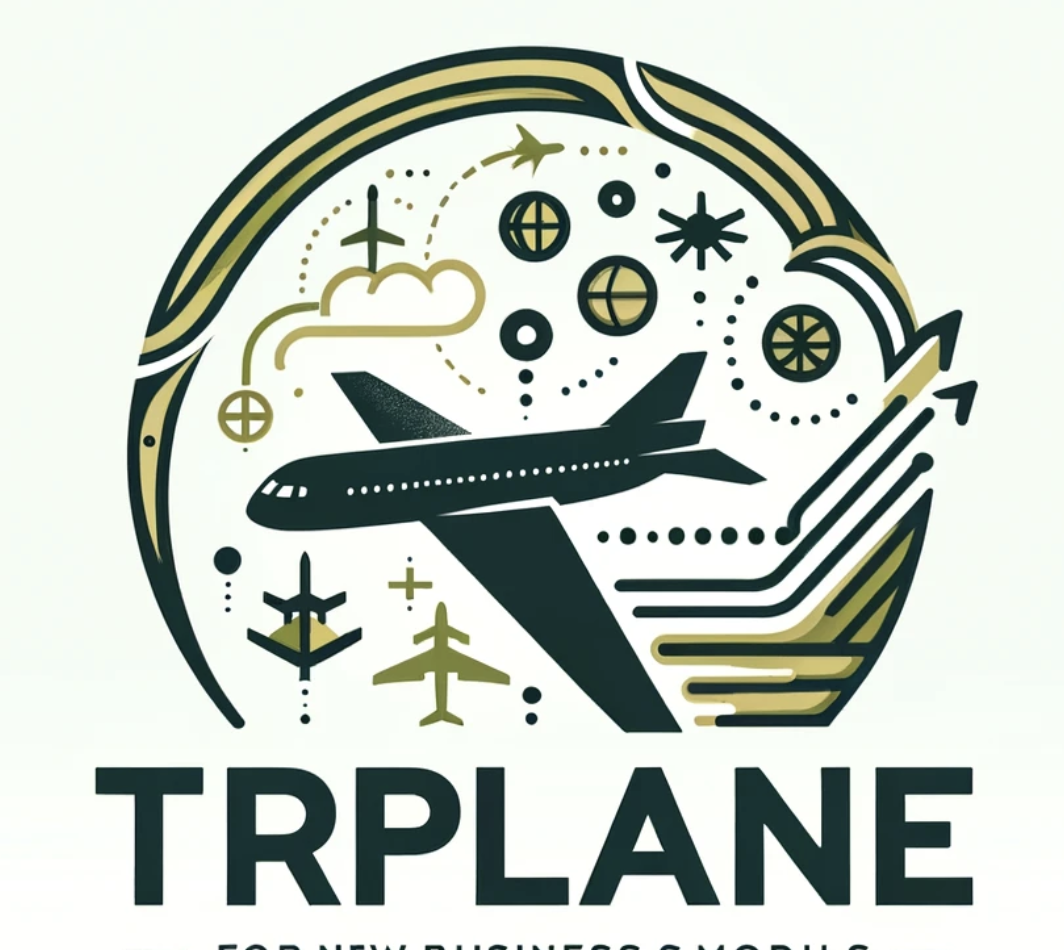The customer's path to purchase or the journey from website access to conversion is one of the key metrics for online analytics experts. Understanding this journey helps identify which processes lead to action. This knowledge is essential to optimize campaigns and improve the experience.
Attribution models are a set of rules that assign a value to the different channels that users see before they convert. For example, they allow e-commerce sites to analyze which channels a user visited from the first time they enter the website until they make a purchase.
This customer journey is different for each user, and it is typically different each time they visit a site.
In attribution models, there is no one-size-fits-all solution. The attribution model will depend on the channels and campaigns being analyzed.
Users can take different paths towards their final purchase. These multiple paths depend on a network of connected communication channels that provide different services. These channels include email, social networks, banners, applications and search engines among others.
Communication channels require investment, so determining which ones are the most effective helps to optimize campaigns and improve results. Traditionally, Last Click is usually the best attribution model. This model analyzes the last thing the user interacted with before the conversion. However, reliable profitability analyzes also rely on other methods to determine the customer's buying journey.
Popular attribution models
Different values assigned to different user interactions in their journey produce different attribution models. The following are the most popular:
- Last Click: Credit the conversion to the last channel a user clicked on before converting.
- First click: the opposite of the Last Click model. Credit the conversion to the first channel a user visited on their journey to a conversion.
- Last AdWords click: this model gives all the credit to SEM campaigns and ignores the other channels.
- Last indirect click: this model ignores direct traffic and gives all credit to the last channel a user interacted with before conversion.
- Linear: this model gives credit to all the channels a user goes through on their conversion journey.
- Deterioration over time: this model gives more credit to the channels the user goes through as they get closer to conversion.
- Based on position: this model gives 40% of the credit to the first and last channel in the customer journey. The remaining 20% is divided equally among the other channels.
- Personalized: custom attribution models allow businesses to allocate conversion credit in the best way for them.
Attribution challenges
As different channels evolve and emerge, the first challenge is to adapt attribution models to the growing number of new channels. Understanding that conversion is not dependent on a single impact and that most customers are impacted multiple times before converting is another hurdle.
Attribution models must also be sensitive to cross-device habits. Consumers now regularly use more than one device, browsing on their smartphones, tablets, laptops, desktops and smart TVs. They can also share their devices with their family or friends.
The blocking of tags and cookies (for example, with ITP, IIntelligent Tracking Prevention) and other obstacles to tracking users online pose another challenge as they lead to the following issues:
- Ad blockers can indirectly affect the tracking codes of web analytics tools like Google Analytics.
- Browsers restrict analytics tracking through cookies by default or upon request.
- Legal regulations, such as GDPR, limit or complicate the identification and tracking of users.
In short, attribution models face challenges including understanding and evaluating customer journeys across multiple channels and devices, and must serve users who demand a better shopping experience.





Very nice post. I just stumbled upon your blog and wanted to say that I've really enjoyed browsing your blog posts. In any case I'll be subscribing to your feed and I hope you write again soon!